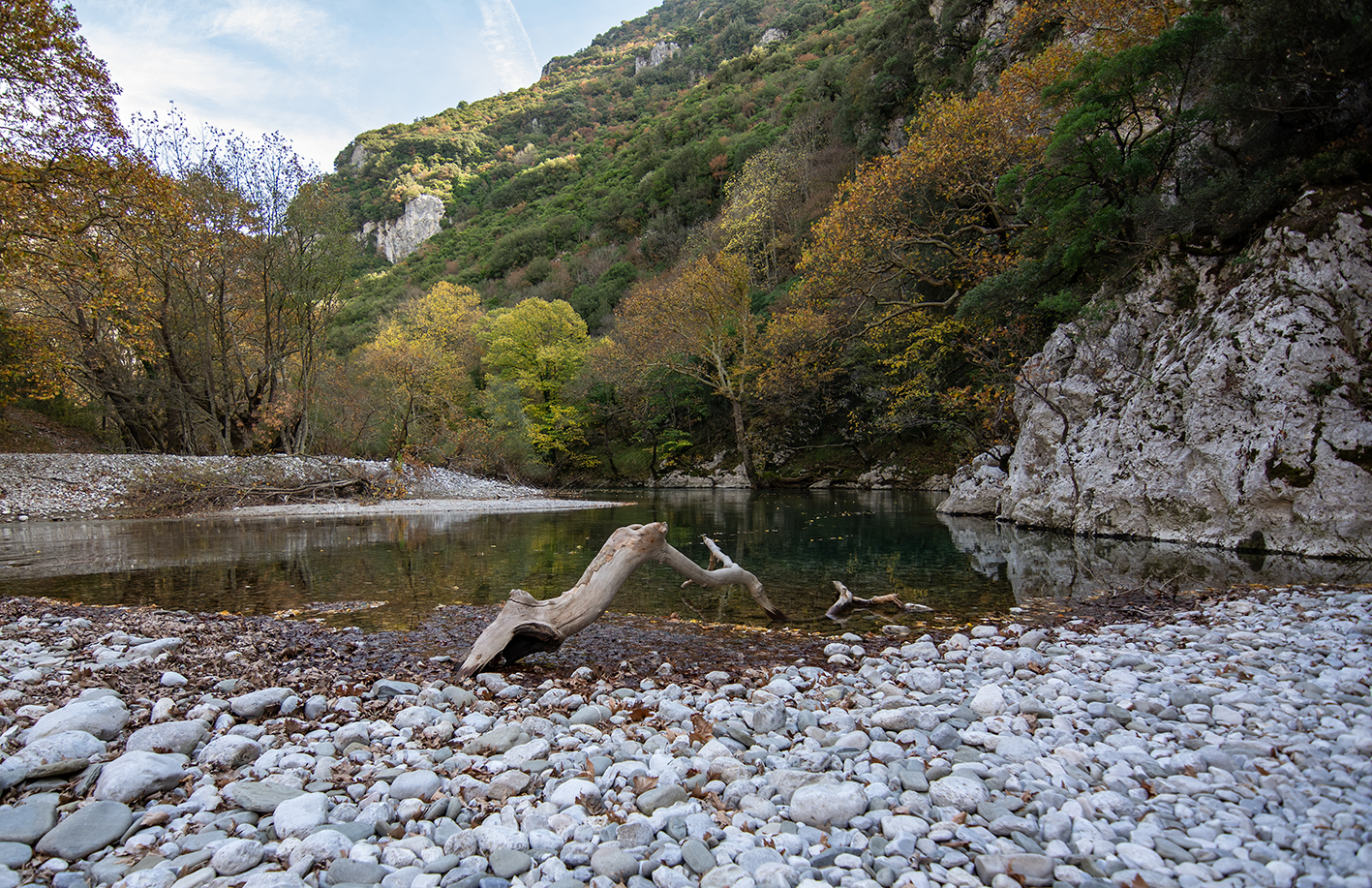Voidomatis on:
[Wikipedia]
[Google]
[Amazon]
 The Voidomatis () is a river in the Ioannina regional unit in northwestern
The Voidomatis () is a river in the Ioannina regional unit in northwestern
Travel Magic. (2009). ΒΟΪΔΟΜΑΤΗΣ ΠΟΤΑΜΟΣ
Retrieved July 6, 2013
 The Voidomatis () is a river in the Ioannina regional unit in northwestern
The Voidomatis () is a river in the Ioannina regional unit in northwestern Greece
Greece, officially the Hellenic Republic, is a country in Southeast Europe. Located on the southern tip of the Balkan peninsula, it shares land borders with Albania to the northwest, North Macedonia and Bulgaria to the north, and Turkey to th ...
, and is a tributary of the Aoös river.
General description
The main current sources are located in the village of Vikos. Along its path it converges with other streams originating from the banks ofTymfi
Tymphe (in Latin and English usage) or Tymfi (in the Greek government's preferred transliteration), Timfi, also Tymphi (, ) is a mountain in the northern Pindus mountain range, in northwestern Greece. It is part of the regional units of Greece, ...
or the Vikos Gorge. It ends close to Konitsa
Konitsa (, see also Konitsa#Name, names in other languages) is a town of Ioannina (regional unit), Ioannina in Epirus (region), Epirus, Greece. It is located north of the capital Ioannina and near the Albanian Border crossings of Albania, border. ...
. The river has a total length of 15 kilometres. The name Voidomatis (meaning "the eye of the ox"), derives from the fact that oxen have clear blue eyes, like the waters of this river.
The Voidomatis has been characterized as one of the cleanest rivers in Europe as it does not face any environmental issues. It crosses one of the most beautiful natural locations in Greece and has been part of the Vikos–Aoös National Park since 1973. The river is spanned by a number of stone bridges, the most famous being the Kledonas Bridge. The river is known for water sports such as rafting and kayaking.
Geomorphology
The Voidomatis is mostly seasonal, with year-round flow. The average temperature of the water does not exceed 4 °C.Archaeology
Archaeological excavations were undertaken at Kleidi Cave just above the Voidomatis by a British team between 1983 and 1986. The excavations revealed the cave that contained artefacts, stone tools,fauna
Fauna (: faunae or faunas) is all of the animal life present in a particular region or time. The corresponding terms for plants and fungi are ''flora'' and '' funga'', respectively. Flora, fauna, funga and other forms of life are collectively ...
l remains and other fossil
A fossil (from Classical Latin , ) is any preserved remains, impression, or trace of any once-living thing from a past geological age. Examples include bones, shells, exoskeletons, stone imprints of animals or microbes, objects preserve ...
s, that were dated back to the Palaeolithic
The Paleolithic or Palaeolithic ( years ago) ( ), also called the Old Stone Age (), is a period in human prehistory that is distinguished by the original development of stone tools, and which represents almost the entire period of human prehist ...
and the Epigravettian culture between 20,000 and 12,000 years ago. Analogous discoveries were made by the same research team in the neighbouring Megalakkos cave.
References
Travel Magic. (2009). ΒΟΪΔΟΜΑΤΗΣ ΠΟΤΑΜΟΣ
Retrieved July 6, 2013
External links
{{commonscat-inline, Voidomatis river Pindus Landforms of Ioannina (regional unit) Rivers of Greece Rivers of Epirus (region) Natura 2000 in Greece